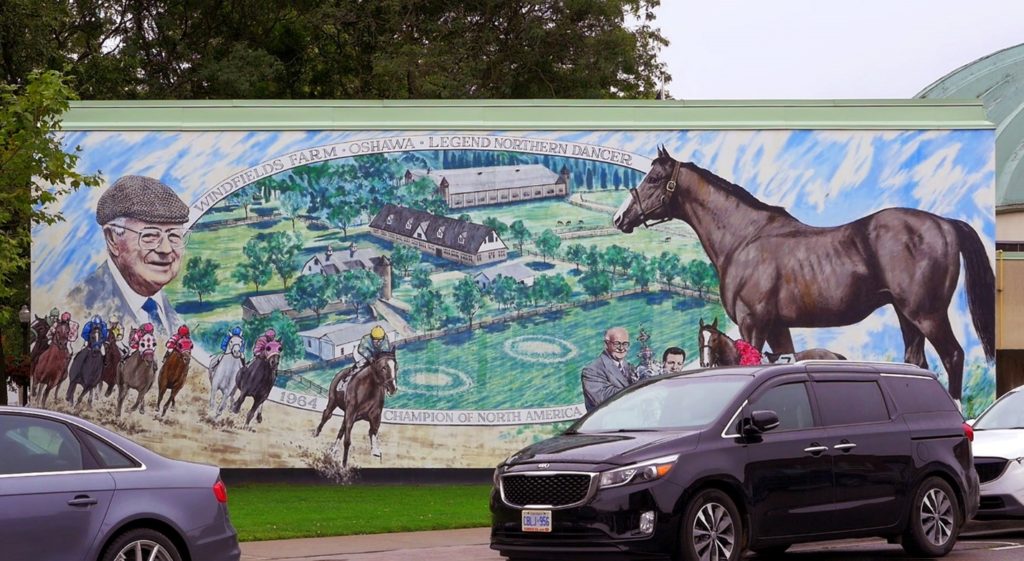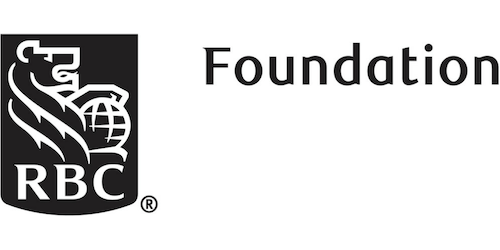We are pleased to welcome Brigitte Sampogna to the RMG as part of the RBC Emerging Artist Residency Program. To learn more about Brigitte’s artistic practice and her plans for the incubator lab, visit her profile and read her blog post below!
Just like Annie Lennox sings in Who’s That Girl?, I’m sure many of you will say “who is that odd girl talking to herself in a public, mostly glass studio space at the RMG?” That would be me, Brigitte Sampogna! Unlike her song, however, I am not the other woman; I am the next emerging artist in residence.
I’ve grown up in Whitby/Oshawa and still reside here. Most of my experiences have been dictated by this suburban landscape. I tend to work with items and material I find around me. Some may call keeping everything that makes you feel a little something hoarding, but I call that being an artist with a mediocre memory, emotional attachment, and a tendency for collection. As the saying goes, you never know what is going to come in handy.
I have found that much of our experiences in life collect on us like clothes on a laundry line, soaking wet, heavy and fresh, but as they slowly dry in the warm hug of the sun they no longer need to be hung. Both the duty of the laundry line and the quest of the clothing has completed. Often, when we have forgotten what we had hanging on the line, we may need to repeat the process with additional care and mending.
During my residency, I will be exploring domestic and suburban spaces through an abstract mapping process, which manifests in accumulation and collection. With found items from nature, home, and the suburban environment, I would like to put a frame around domestic repetition, nostalgic adolescence and locate where in suburbia this all lays.
I am always down to see friendly faces (and ones considered not as much) so feel free to stop by the studio and have a chat!


